Rubber Expansion Joint Contract for Guangdong Zhaoqing Converter Station Project
Shanghai Songjiang Shock Absorber Group Co., Ltd. official website introduces: Rubber Expansion Joint Contract information for Guangdong Zhaoqing Converter Station Project. Songjiang Group provides high-quality rubber expansion joints for numerous converter station projects in Guangdong Province. The following is a detailed introduction.
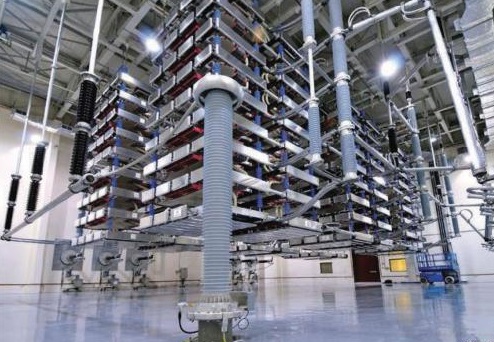
The Zhaoqing Converter Station is an ±500 kV Guizhou-Guangdong HVDC transmission system receiving-end inverter station. Since its completion and operation, the Zhaoqing Converter Station has maintained stable operation, consistently delivering electricity at a high load level. As of December 2017, it has accumulated a total transferred energy of 1758.2 billion kWh.
A converter station, in the context of high-voltage direct current (HVDC) transmission systems, is a site established to convert alternating current (AC) to direct current (DC) or vice versa. It is designed to meet the requirements of power systems for safety, stability, and power quality.
The essential equipment or facilities in a converter station should include converter valves, converter transformers, smoothing reactors, AC switchgear, AC filters, AC reactive power compensation devices, DC switchgear, DC filters, control and protection devices, external grounding electrodes, and a remote communication system.
Key equipment in a converter station comprises converter valves, converter transformers, control and regulation systems, protection systems, smoothing reactors, AC filters, DC filters, surge arresters, etc.
The core of the converter station is the converter unit, consisting of converter transformers and converter valves. The converter valve can be either the early mercury-arc valve or the modern thyristor valve. Since the late 1950s, the rapid development of thyristor technology has led to increased individual component capacity, improved reliability, gradual cost reduction, absence of reverse-arc faults, easy maintenance, and a smaller footprint. By the 1970s, thyristor valves had replaced mercury-arc valves.
The control, regulation, and protection system of a converter station achieves the following functions: starting and stopping DC power transmission, controlling the direction of power flow, adjusting the quantity of power flow, and handling and limiting the effects of abnormal operation of converter valves and disturbances in both AC and DC systems. It also protects the equipment in the converter station and monitors various parameters of the converter station. The performance and reliability of the control, regulation, and protection system are closely related to the operational performance and safety of the entire power system. Therefore, the intelligent part of the converter station is its control, regulation, and protection system, and its development trend involves the use of microcomputer technology.

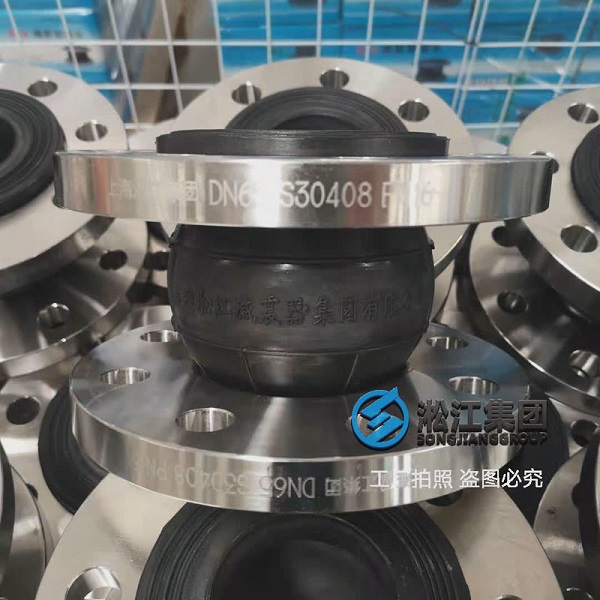
Shanghai Songjiang Shock Absorber Group Co., Ltd. Factory Introduction:
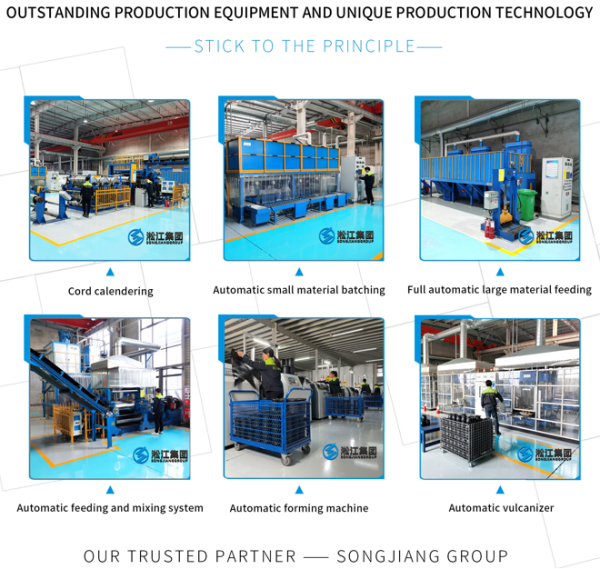
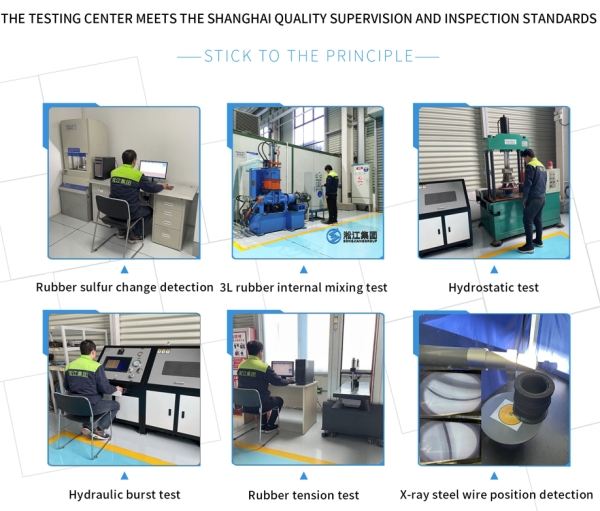
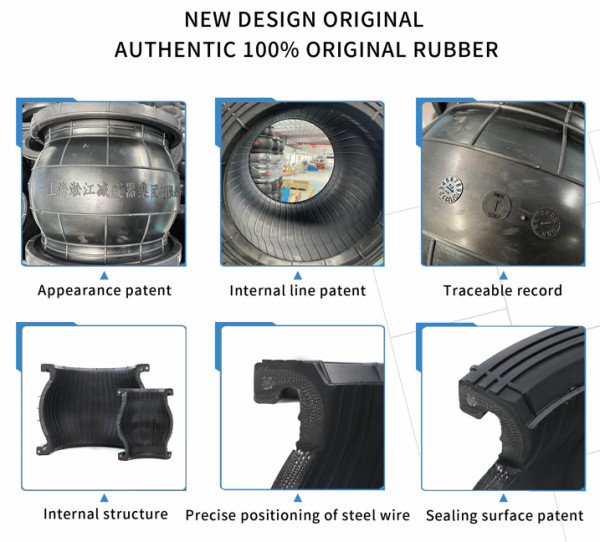

Related link:【304】DN150 Stainless Steel Flange Potable Water Grade Rubber Expansion Joint










![[Nanjing LG Auto Battery Plant 2] Stainless Steel Metal Hose Contract](https://www.sungkiangflex.com/wp-content/themes/sj-1/timthumb.php?src=https://www.sungkiangflex.com/wp-content/uploads/2024/05/Nanjing-LG-Auto-Battery-Plant-2-Stainless-Steel-Metal-Hose-Contract-1.jpg&h=300&w=400&zc=1)